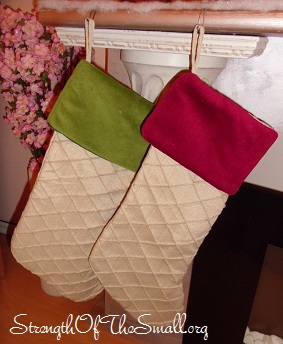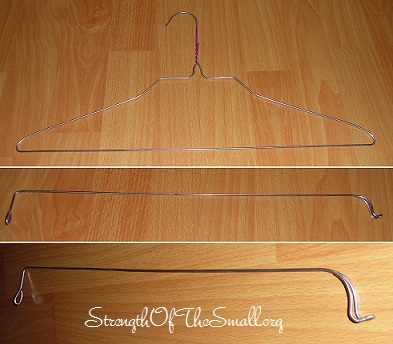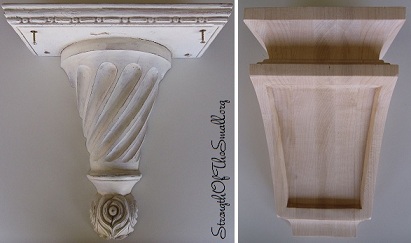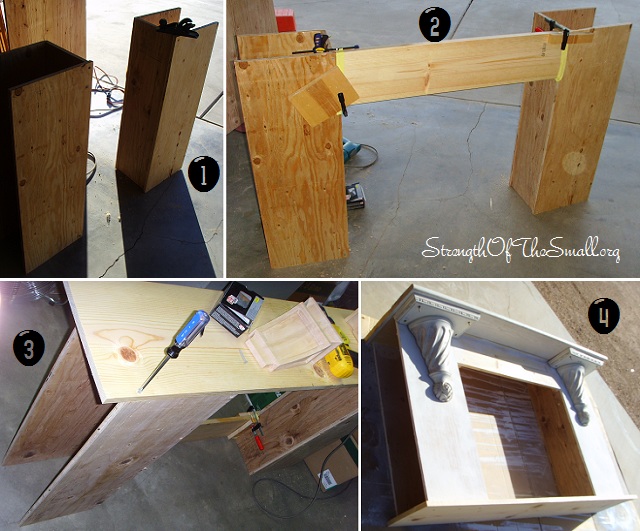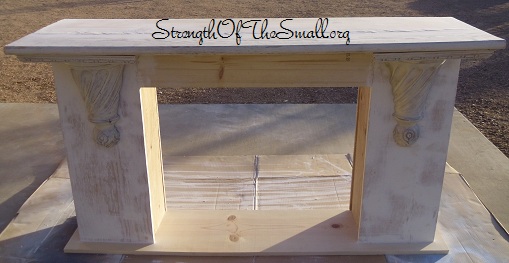Growing up as a little boy, I was always fascinated by everything that could move.
While watching a kid show that involved Marionette, I got the idea to make my own. That crude design was bird-like in nature but it provided hours and hours of fun as well as the pride of knowing that it was one of a kind.
After my kids reminded me for the tenth time that they really, really wanted to do some craft; this project came to mind and I proceeded to scavenge the whole house for supplies. As with all my creations, I am not sure what I would need until I see it.
Materials/Tools Needed:
- Toilet Paper Roll
- Disposable Ear Plugs
- Wooden Skewers
- Metal Bottle Caps
- Plastic Bottle Caps
- Sewing Thread or Fishing Wire
- Empty Krazy Glue Tube (for the neck)
- Wire Cutters
- Pliers
- Power Drill and Drill Bits
- Precision Knife/Blade
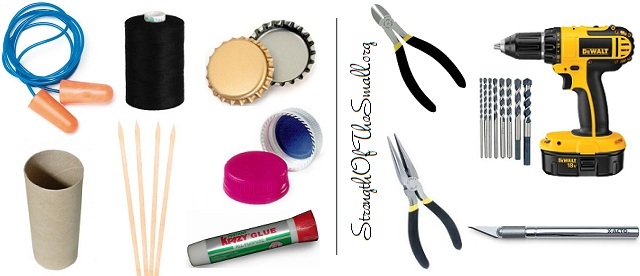
Step by step:
- First get your Ear Plugs and cut off the cushion part to use as the eyes. Then cut the rope into 2 equal lengths which will be passed thru small holes made on the paper roll. Put a knot on each rope close to the paper roll so as not to have the rope move (See picture below).
- Once done, drill thru the middle of the bottle caps so that you can pass the ear plug rope thru it and make a knot at the end to stop the cap from sliding out.
- Now, get the 2 metal caps and drill thru the middle of them. Once done you will get the Foam plugs and make 2 holes thru the side so that they can be tied down (or hot glue them if you prefer). Loop a piece of black thread from the underside of one of the metal caps, thru the foam plug and back into the metal cap. Do the same for the second metal cap and foam plug and tie the two pieces together to form the head.
- You will then make 2 small holes onto the Crazy glue cap and pass the black thread thru those and knot it together to hold the head in place. By now it should look like the picture below.
- Now, take your 2 skewers and cut off the sharp end and discard the sharp ends. Use your black thread to make either of the 2 designs pictured above for the handle. Once done you are ready to tie everything together.
- Make a hole onto the middle of the Crazy glue bottle and make sure it goes thru. Make 2 holes onto the paper roll to tie the head onto the body. As you pass the black thread from the paper roll thru the Crazy glue bottle and back thru the paper roll make sure that it’s all nice and tight. Once the thread is knotted you will leave some slack and tie it to your handle ( See below pics for reference).
- Now that the first thread is connected you can start doing each leg individually. Drill the hole on the cap, knot the thread and take it up to the handle and fasten. Repeat for the rest of the legs and you are done.
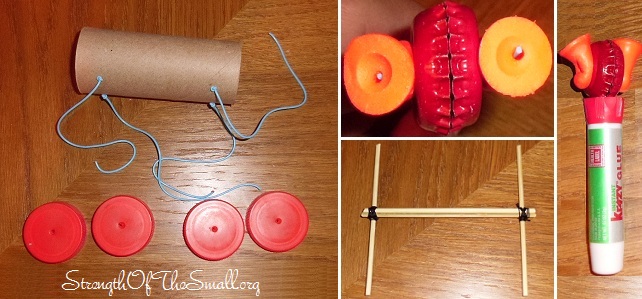
Once the parts have been successfully put together, it will look similar to the picture below.
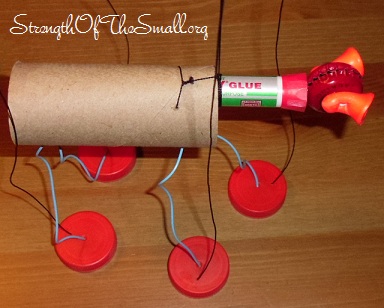
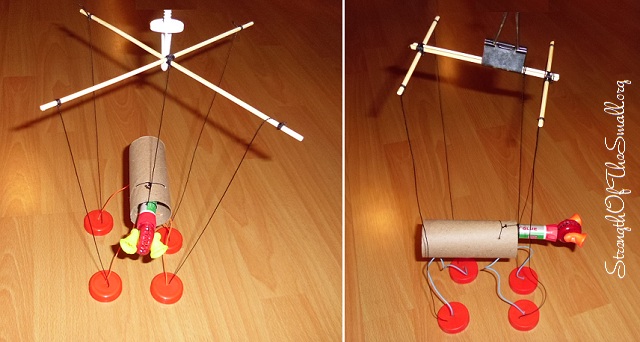
Have a fun time making your own Bug Marionette and don’t hesitate to share the link for us to see your creation.
